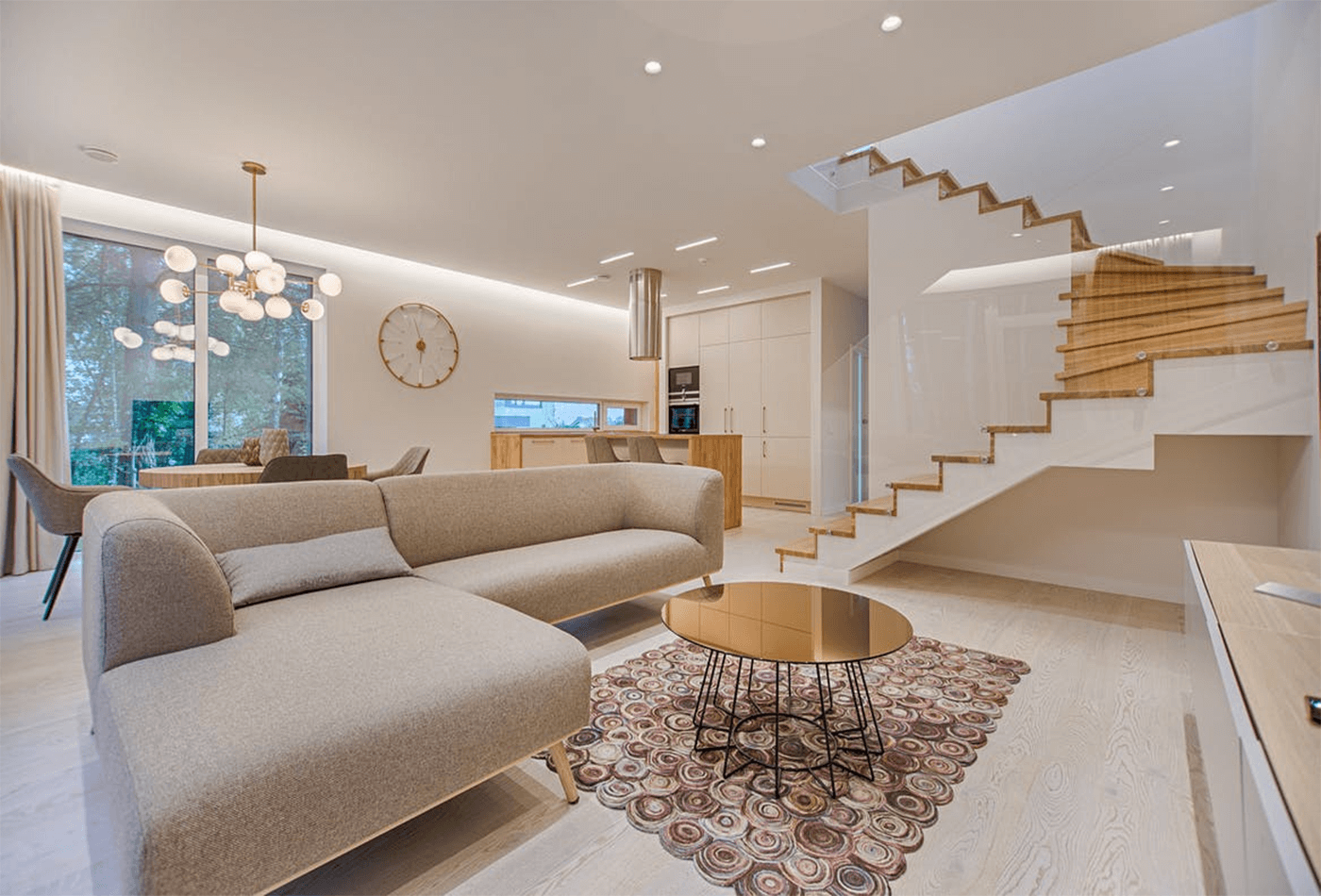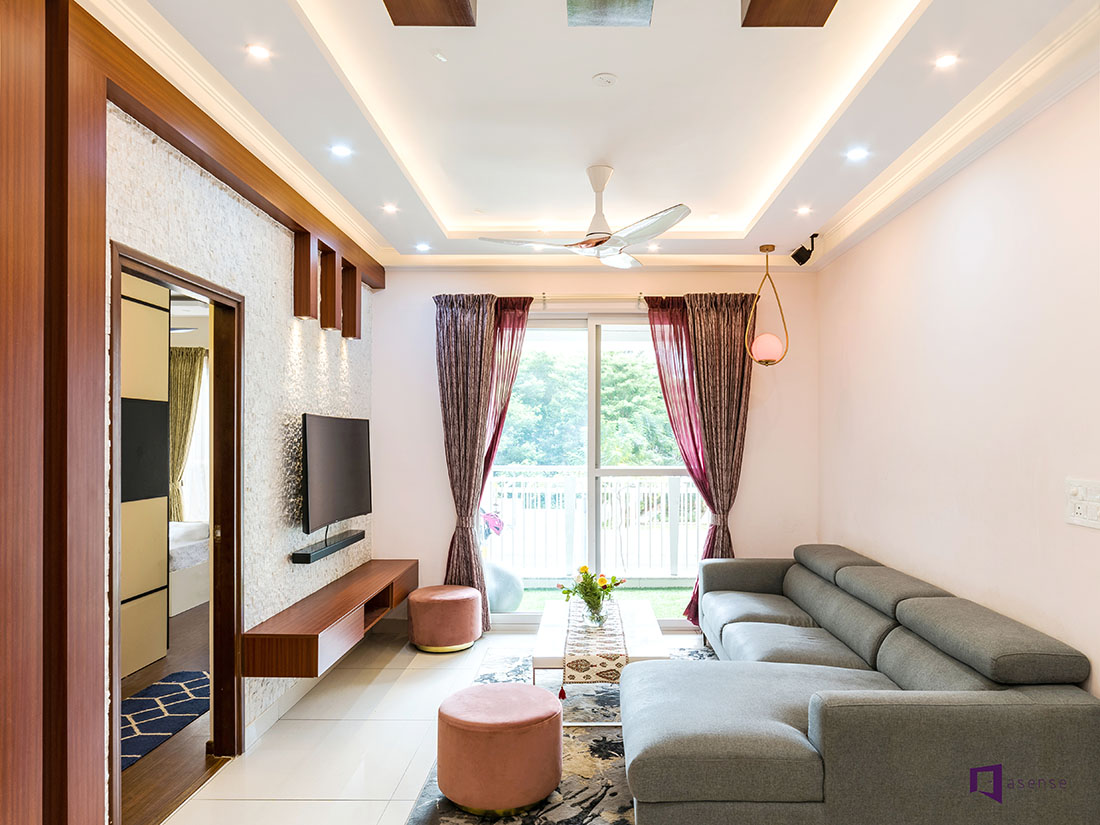Hire an expert Architecture Firm for residential and commercial projects.
Hire an expert Architecture Firm for residential and commercial projects.
Blog Article
Transform Your Home With Important Concepts of Interior Decoration and Looks
The art of transforming your home through the essential principles of indoor design and visual appeal requires a thoughtful strategy that harmonizes shade, balance, and spatial awareness. By recognizing the effect of shade concept and the significance of structure and patterns, one can develop rooms that are not just visually enticing but additionally deeply personal. Attaining this stability includes greater than simple decor; it includes a strategic plan and an eager understanding of how each component communicates within a room. As we explore these fundamental concepts, think about exactly how they may redefine your understanding of home and personal expression.
Understanding Color Concept
Color theory is an essential element of interior decoration that dramatically influences state of mind, assumption, and general aesthetic. Understanding the principles of shade concept permits developers to produce areas that resonate mentally with residents while fulfilling practical demands (luxury interior design). Colors can be categorized right into three primary kinds: main, secondary, and tertiary. Each group plays an important role in developing consistency within a space.
The psychological effect of shades is profound; warm colors such as reds and oranges evoke power and heat, while great tones like blues and environment-friendlies advertise calmness and tranquility. The usage of complementary colors improves visual interest, producing striking contrasts that can elevate a space's allure.
Neutral shades, on the other hand, work as a functional backdrop, enabling other design aspects to radiate. It is crucial to consider elements such as illumination and the area's purpose when picking a color palette, as these can alter the understanding of shades throughout the day.
Ultimately, a well-considered color pattern can change a space, promoting a sense of convenience and design that lines up with the occupants' choices. Mastery of color concept is, for that reason, an essential skill for any indoor designer aiming to produce unified and welcoming environments.
Attaining Balance in Style
Exactly how can designers accomplish a sense of balance in their rooms? Achieving balance in style is essential to creating harmonious insides. Designers can utilize three key sorts of equilibrium: in proportion, unbalanced, and radial. In proportion balance involves arranging aspects uniformly around a main factor, cultivating a feeling of order and serenity. This type commonly features sets of furniture or artwork, boosting visual stability.
Unbalanced balance, on the other hand, relies on differing aspects that still accomplish a natural look. This approach permits even more vibrant and informal setups, offering rate of interest while preserving stability. By carefully choosing varying sizes, shades, and appearances, developers can create an aesthetically engaging area that really feels well balanced yet energised.
Radial balance emphasizes a main prime focus with aspects emitting external. This design is frequently seen in circular formats, where furnishings and style produce a natural border that attracts the eye inward.
Ultimately, achieving equilibrium requires thoughtful factor to consider of scale, proportion, and the partnerships in between elements. Architecture Firm. By skillfully using these balance concepts, designers can change areas right into environments that feel both cosmetically pleasing and functionally unified, boosting the general experience for residents
Value of Spatial Understanding

An eager sense of spatial awareness enables designers to recognize focal factors within a room, guiding the viewer's attention to essential attributes while preserving an overall sense of unity. It also aids in the calculated placement of illumination, which can substantially influence the assumption of space and state of mind. Understanding spatial relationships enables the developer to provide to the particular demands of residents, ensuring that each area offers its designated function without endangering appearances.
Ultimately, spatial recognition is essential for optimizing the capacity of any type of interior space. By meticulously taking into consideration the interaction in between dimensions, design, and function, developers can produce atmospheres that not just meet practical needs yet likewise evoke a sense of convenience and beauty, boosting the total living experience.
Integrating Structure and Patterns
Accepting a diverse variety of appearances and patterns can substantially improve the aesthetic and tactile charm of an interior room. The calculated use of various materials-- such as wood, metal, fabric, and stone-- develops depth and rate of interest, making a space feel extra inviting and dynamic. Integrating smooth surfaces with rough structures can establish an equilibrium that draws the eye and engages the senses.
When integrating patterns, take into consideration both scale and repeating. Big patterns can function as centerpieces, while smaller, subtle layouts can complement other aspects without frustrating the area. Layering patterns, such as pairing flower pillows with striped tosses, adds complexity and a sense of harmony if implemented attentively.
It is likewise important to preserve a cohesive color scheme, making sure that textures and patterns interact rather than contend for attention. By choosing a couple of crucial appearances and patterns, you can produce a combined visual that mirrors your individual style while enhancing the overall ambiance of the area. Inevitably, the cautious unification of these aspects can change a mundane space into an innovative setting rich with character and warmth.
Individualizing Your Space
Creating a room that reflects your character is vital to achieving an absolutely welcoming atmosphere. Personalization in indoor look what i found style permits you to infuse your unique design and rate of interests into your home, transforming it from a plain shelter right into a haven that talks to who you are. Begin by selecting a shade combination that reverberates with your emotions-- bold tones can invigorate, while soft tones supply serenity.
Include art work and design that show your passions, whether it be traveling, nature, or abstract ideas. Showing individual collections, such as publications, photographs, or mementos, can evoke valued memories and produce centerpieces within an area. Additionally, think about personalizing functional items, like upholstered furnishings, to align with your visual preferences.

Conclusion
To conclude, the makeover of a home with the crucial principles of interior decoration and aesthetic appeal requires a detailed understanding of color concept, balance, spatial awareness, appearance, and personalization. Each component adds dramatically to creating an unified and practical living find out here now atmosphere - miami luxury interior design. By attentively integrating these principles, people can improve the aesthetic appeal and psychological resonance of their rooms, eventually promoting a home that reflects distinct identifications while providing convenience and usefulness
Report this page